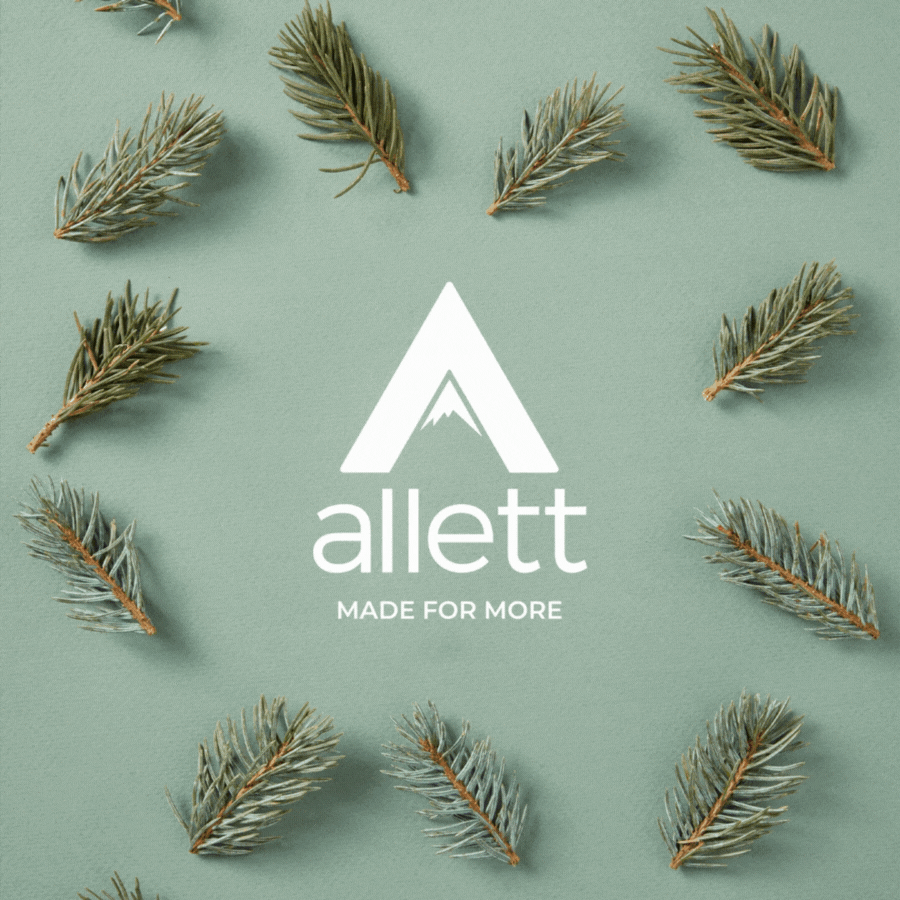How Do I Choose a Good Leather Wallet? 4 Key Considerations When Shopping for Leather Wallets.
Leather is one of the most popular wallet materials available today. It is durable, attractive, comfortable, and designed to withstand the friction and stress of your pocket or purse for years to come. Leather wallets are also unique in that they look better with age as they develop a patina, or a glossy, sheen look, that only enhances the look of the wallets.
But not all leather wallets are created equal. So how do you choose a good leather wallet?

4 Considerations for Choosing the Best Leather Wallet
Everyone has their own style preferences. But if you’re in the market for a wallet, there are some features that are universally appreciated amongst all wallet users. These include:
- Full Grain Leather – Leather hide has different layers. The topmost layer is known as “full grain leather,” and it is the thinnest, smoothest, and softest leather available. You may have heard the term “genuine leather” before. Genuine leather is actually a marketing term for a lower quality leather. What we know as “genuine leather” is actually one of the stiffer, thicker, lower layers of the hide. Full grain leather is premium leather, and better for wallets. We use top-grain Nappa Leather here at Allett, which is the highest quality leather you can get.
- Thin – Originally, thin wallets were designed for those who had a more minimalist style. But now, thin wallets are universally appreciated and preferred. In the back pocket, a thick wallet is both uncomfortable and can cause back issues. In the front pocket, a thick wallet is difficult to manage, plus you get that awkward bulge on your leg that no one wants to see. Thin wallets are better, and we think the thinner the wallet, the better.
- RFID Blocking – Nearly all credit and debit cards today use RFID chips, and that means that an RFID blocking wallet is a must have. RFID blocking technology prevents the chip’s radiofrequency signals from being read and skimmed by unauthorized devices, protecting your cards and your information. Not all wallets include RFID-blocking technology, but Allett’s wallets are lined with a layer of nearly weightless US Military alloy that blocks radio frequency signals. These days, it’s critical that you purchase a wallet that includes some kind of RFID-blocking technology.
- Personal Details – Here’s where the subjectivity comes in. Every wallet is going to have small little details that make it perfect for you. For example, at Allett, some of our top-grain Nappa leather wallets come with a built-in pocket for our custom Micro Pen. We also make all our wallets with a bluesign-certified ripstop nylon interior for added strength, plus we use contrasting colors to give our slim wallets a little extra personality. Bottom line, there are many different wallets to match different styles.

There’s no denying that personal preference plays a role. But there’s also no denying that there are clear, objective differences between leather wallets either. There are some universally accepted truths about what makes a good leather wallet, and the above list is a great starting point for your new wallet search.
See why Allett has been one of the leading names in leather wallets. Shop our entire selection of leather wallets in different styles, sizes, and colors.







Leave a comment
This site is protected by hCaptcha and the hCaptcha Privacy Policy and Terms of Service apply.